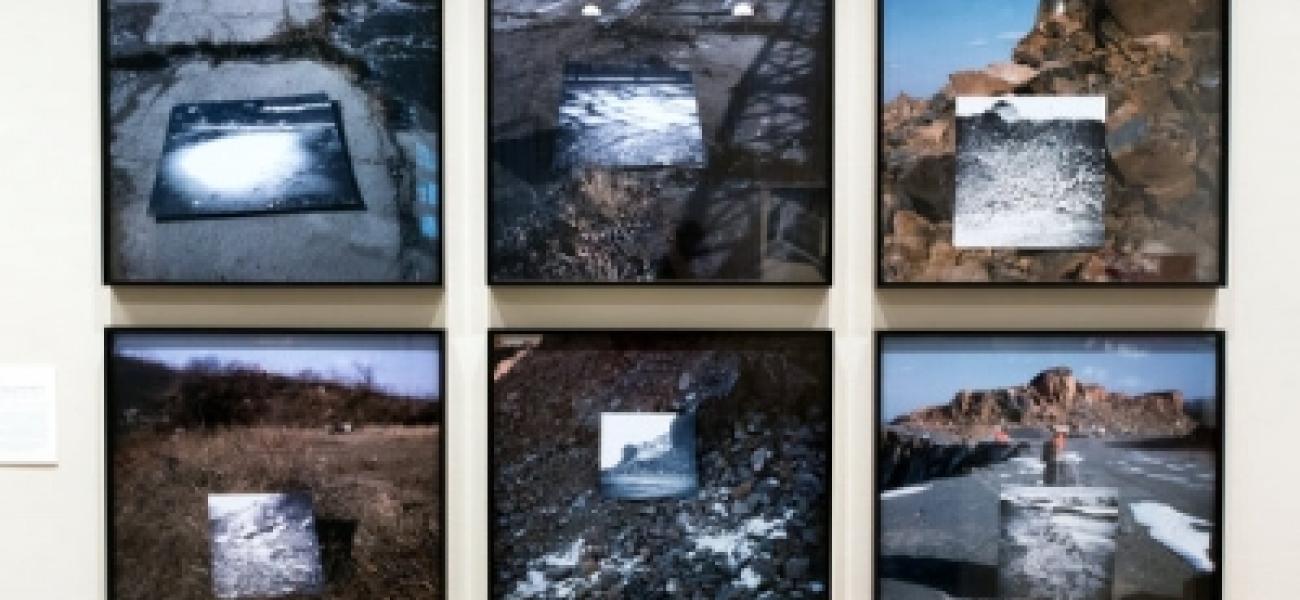Seeing New Jersey as a State of Inspiration

Featured on nytimes.com
The New York art world’s attitude toward New Jersey has not changed much since the art critic Ted Castle wrote in 1978, “New Jersey is practically not a place.”
Young artists looking for ample studio space in a postindustrial setting gravitate to Bushwick, not Hoboken. Curators mount show after show on downtown New York in the 1970s — there’s one at the Whitney right now, “Rituals of Rented Island” — and overlook just how much radical, site-specific art originated in the nonplace next door: Robert Smithson venturing into rock quarries near Paterson, Gordon Matta-Clark cutting up houses in Englewood and Allan Kaprow staging Happenings on George Segal’s South Brunswick farm.
The view across the Hudson is bound to look different after a visit to two shows that position New Jersey smack-dab in the center of the postwar avant-garde. “New Jersey as Non-Site,” at the Princeton University Art Museum through early January, looks at the challenging Post-Minimal, Conceptual and performance art being made in the state between 1952 and 1976. And in February, the Montclair Art Museum’s “Robert Smithson’s New Jersey” anchors this Passaic-born artist’s work in the local landscape.
These are important shows, and not just for a local audience; both give us a new way to look at “post-studio” art, one that’s less centered on New York lofts and Los Angeles campuses. They introduce visual artists like Smithson, Dan Graham and Dennis Oppenheim to a conversation long dominated by writers, musicians and directors, figures including Philip Roth, Bruce Springsteen and David Chase.
And at a moment when New Jersey is serving as a stage for national politics, these exhibitions are reminders that the state has long been a laboratory for issues affecting the rest of the country: migration to the suburbs, deindustrialization, urban blight and renewal, and environmental crisis.
Click here to read the full article.